This post is also available in:
 Español
Español
The Atacama Desert, despite being the aridest non-polar desert on the planet, is home to some of the most biodiverse places in all of Latin America.
In this post, we tell you how it was created and many other curiosities about the Atacama Desert.
Where is the Atacama Desert
The Atacama Desert is located in Chile mainly, although due to its great extension, Bolivia, Argentina, and even Peru, also have areas that belong to this great desert.

It has an approximate area of 105,000 km2. It has a length of almost 1,600 km and a maximum width of 180 km. On the west side, it is bounded by the Pacific Ocean, while to the east, is the Andean Cordillera.
Still, the most famous part is the one around San Pedro de Atacama. This city is the most important in the area. All activities from San Pedro de Atacama, since it is the place from which it is easiest to see all the places in the Atacama Desert.
How the Atacama Desert was formed
There is evidence such as oxide mines that conform that this place was inhabited many centuries ago. In fact, remains have been found of the ancestors of the populations that surround it today, such as the atacameños, lupacas, cangos, and uros.
Scientists and biologists were able to verify that, long before this, 3 million years ago, the Atacama Desert was part of the ocean. It was later when it became a desert.
This is due to the atmospheric phenomenon known as the Foehn effect. This climatic effect occurs when passing between very high mountains and mountain ranges. The clouds, loaded with water, discharge their precipitations on one side of the mountain, in their vertical ascent. In this case, the clouds discharge water on the eastern side of the Andes. Once they have passed the Andes, the clouds no longer have water and there is no possibility of rainfall to the other side. This complete blockage of precipitation coming from the east, has caused over thousands of years, the formation of the Atacama Desert.

That is why it is the driest desert in the world, it only receives rainfall several times every 10 to 20 years.
Biodiversity in the Atacama Desert
As you might think, it is unlikely that in such an arid place there could be anything more than the typical desert species. Even so, there are some areas where sheds form from the few annual spots of rain, and give rise to another type of vegetation that needs this water.
Another phenomenon that occurs some year is the phenomenon of the desert bloom of Atacama, by which, with the rainfall, the desert is filled with flowers and creates an image of the most unreal.

Regarding the animals that live in the Atacama Desert, it will also depend on the area of the desert where you are. From flamencos in the Salar de Tara, to desert foxes. It will also be easy to find reptiles and birds, such as owls or the Andean Condor.
As a curiosity, within this atypical biodiversity, you can find penguins in the Atacama Desert. Penguins? Yes, penguins. They are found in the Humboldt Penguin National Reserve, a few kilometers from the coast integrated by the desert. This is mainly due to the cold water coming from Antarctica, which has caused these animals to settle in this area.
History of the Atacama Desert
There has been evidence of life in this region for thousands of years. The mine was the main resource of these civilizations. It has even been dated from mining works around 10,000 years ago. It is an iron oxide mine in Taltal, being the oldest on the entire continent.
In more recent history, this area of the Atacama Desert belonged to Bolivia, and was its outlet to the sea. This area was key for Bolivia, as it directly connected the Uyuni Salt Flat (Bolivia) with the ocean, facilitating the mining works of this Bolivian region.
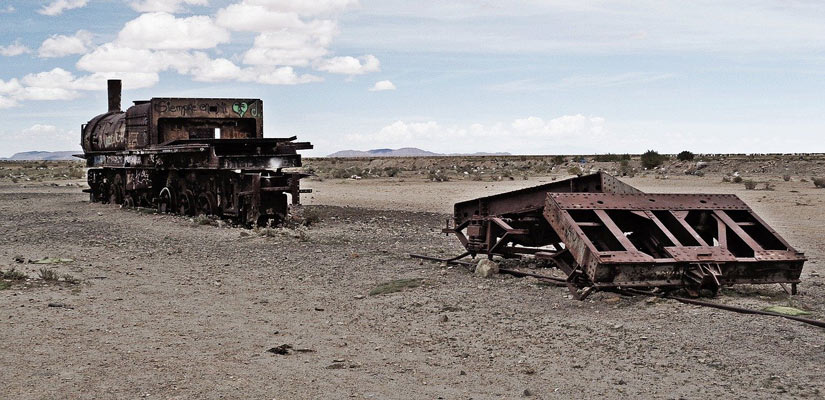
In 1879, the Chileans and Bolivians disputed the War of the Pacific, after which Chile came out victorious, and finally kept this region. This was undoubtedly the main reason why Bolivia lost its mining activity and ended up creating the Uyuni Train Cemetery, since the main activity of these trains was to transport mining from the Uyuni Salt Flat to the Pacific Ocean.
Other curiosities of the desert
The Atacama Desert is famous for having held various championships of the Baja Atacama Rally, Rally Baja Chile, Rally Patagonia Atacama. Although, undoubtedly, the best known and for which this place went around the world is for the Dakar Rally Series. Between 2009 and 2015, these dunes have been the protagonists of the wildest rally in the world.
Another sporting experience here takes place in the Death Valley. In these large dunes of 120 meters, many lovers of sandboarding meet. It is an adrenaline-filled experience to be surfing the desert.
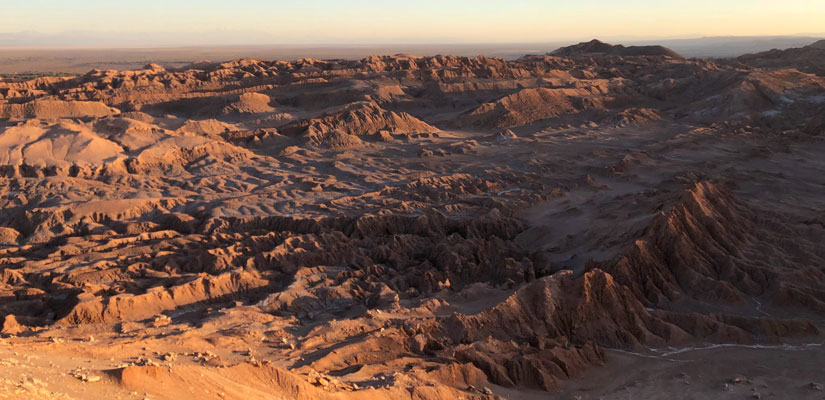
Have you already visited the Atacama Desert? Did you know how this desert was created over the years?

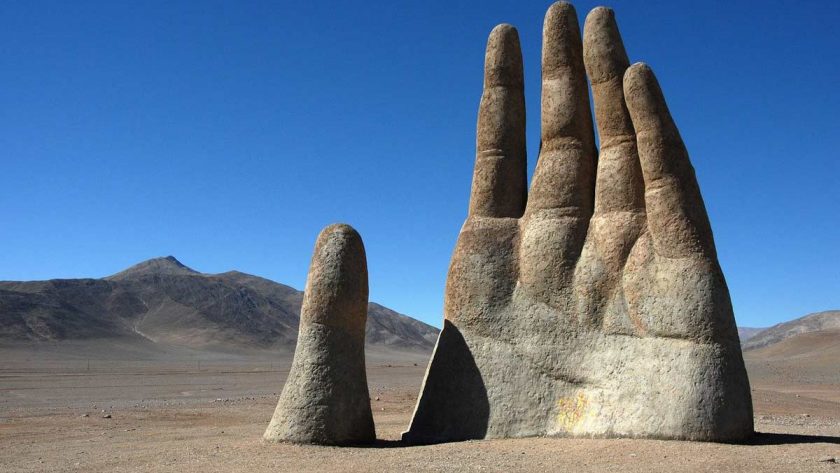


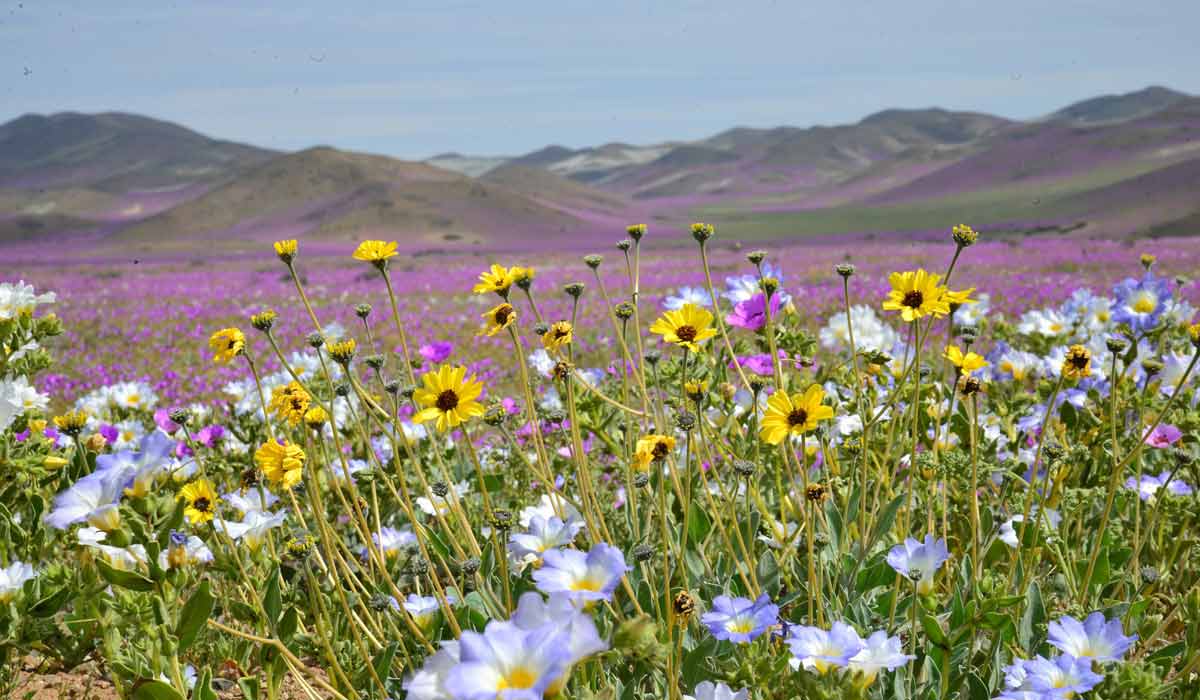
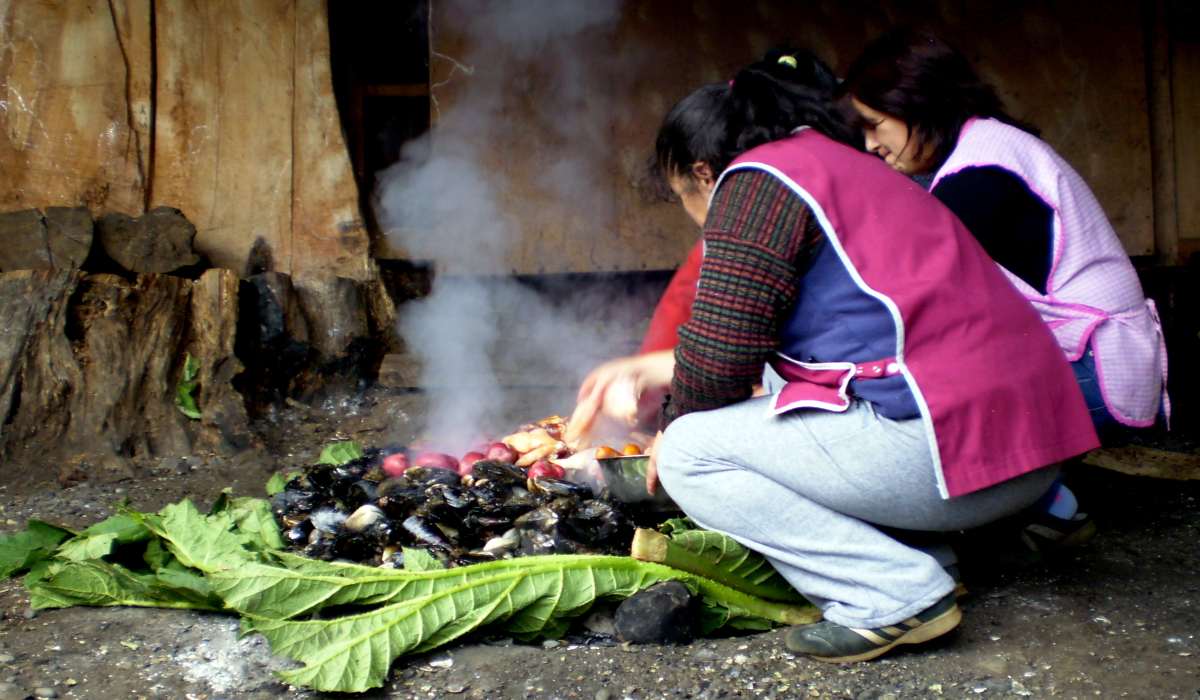

[…] فقد تسببت في تشكيل صحراء أتاكاما بسبب ظاهرة ظل المطر،[6] وكانت سببًا رئيسيًا في الحفاظ على غابات الأمازون […]